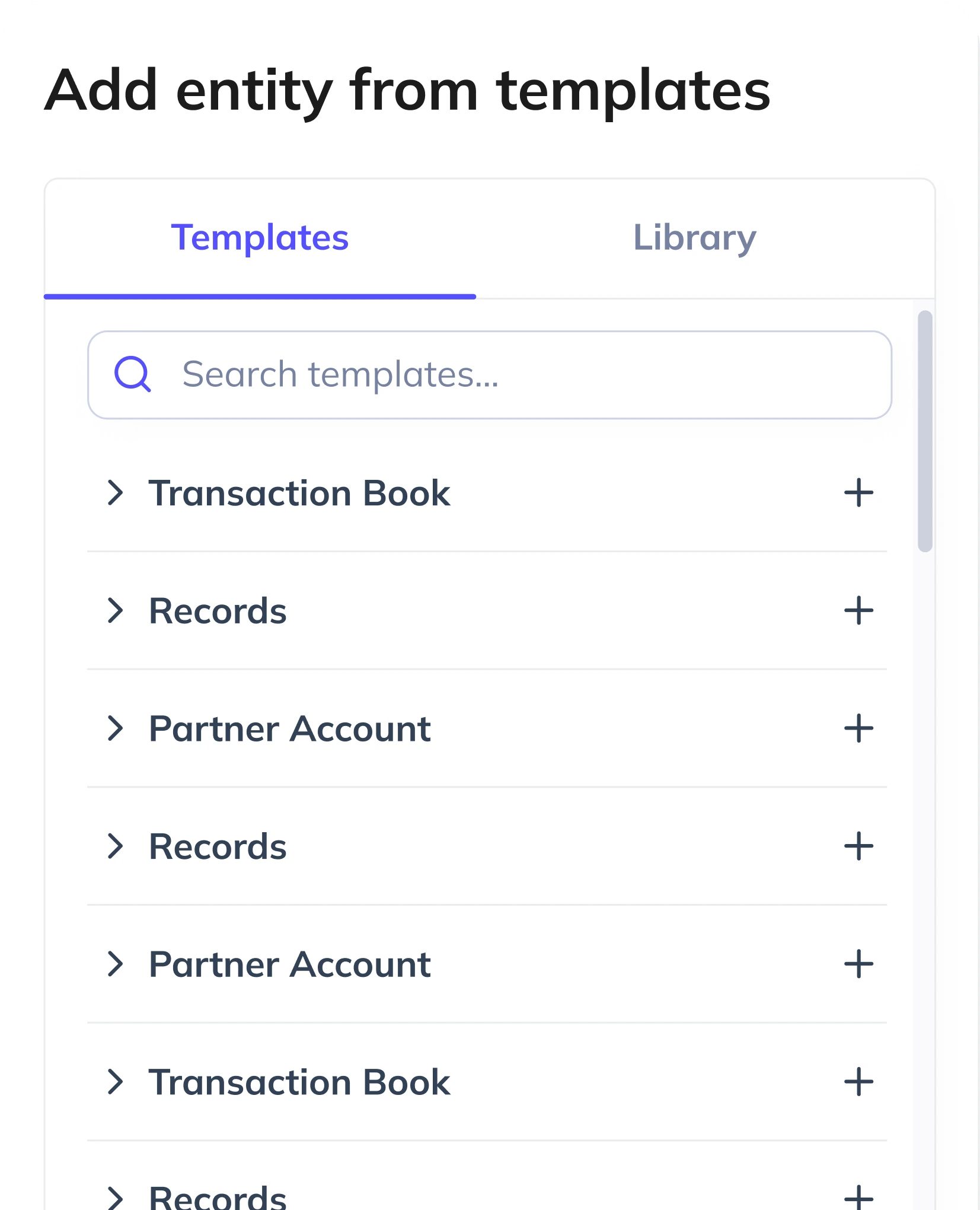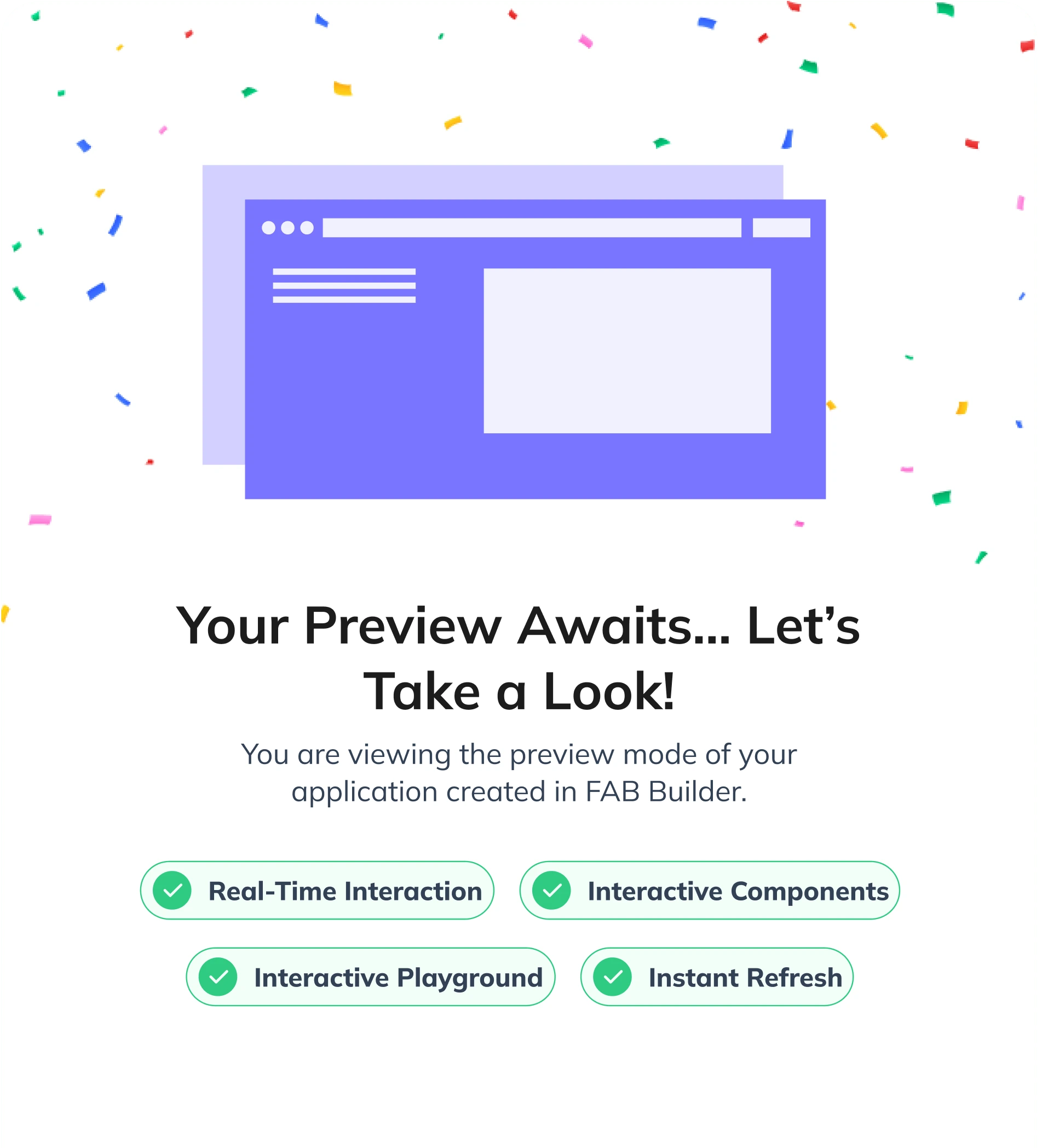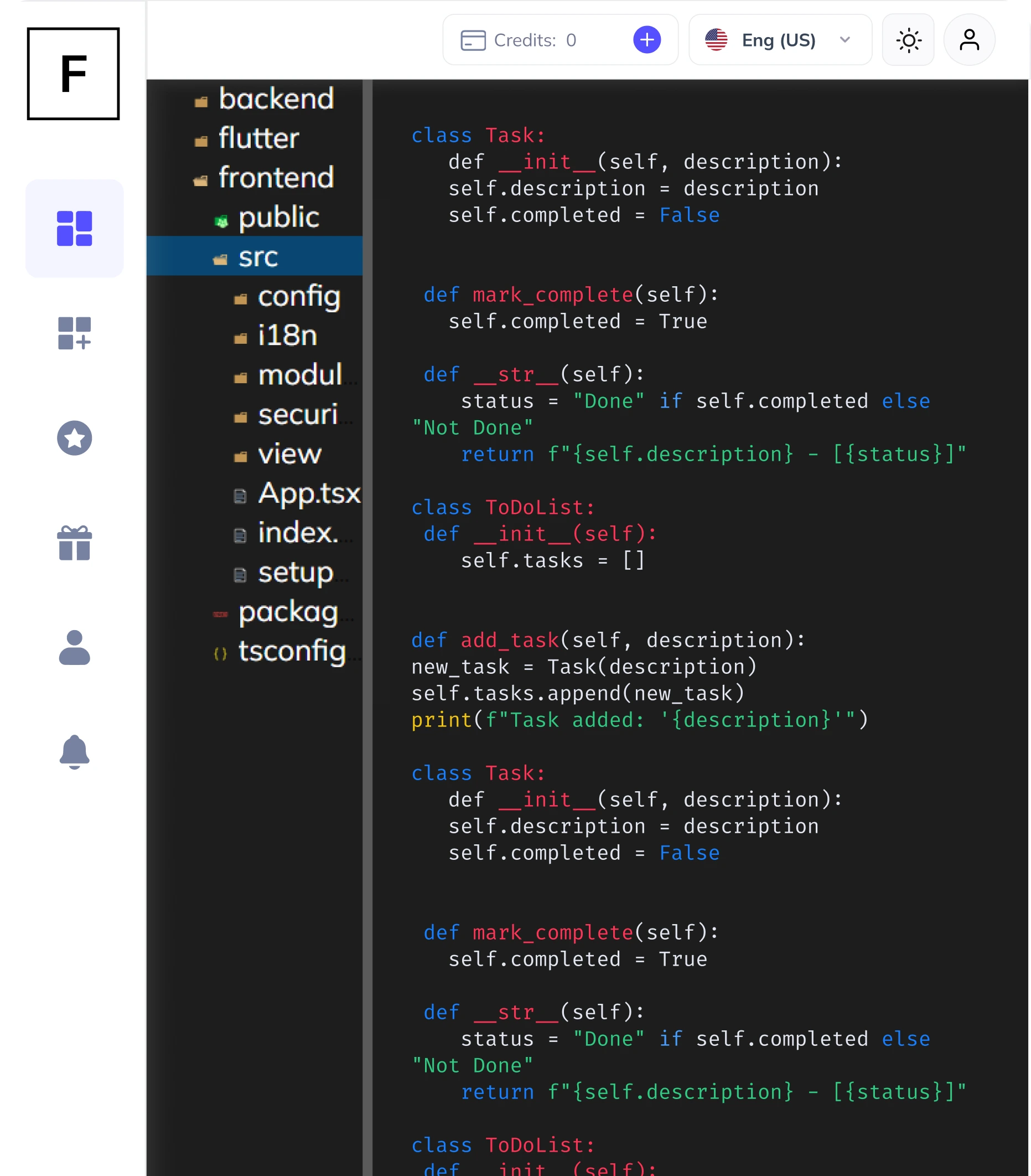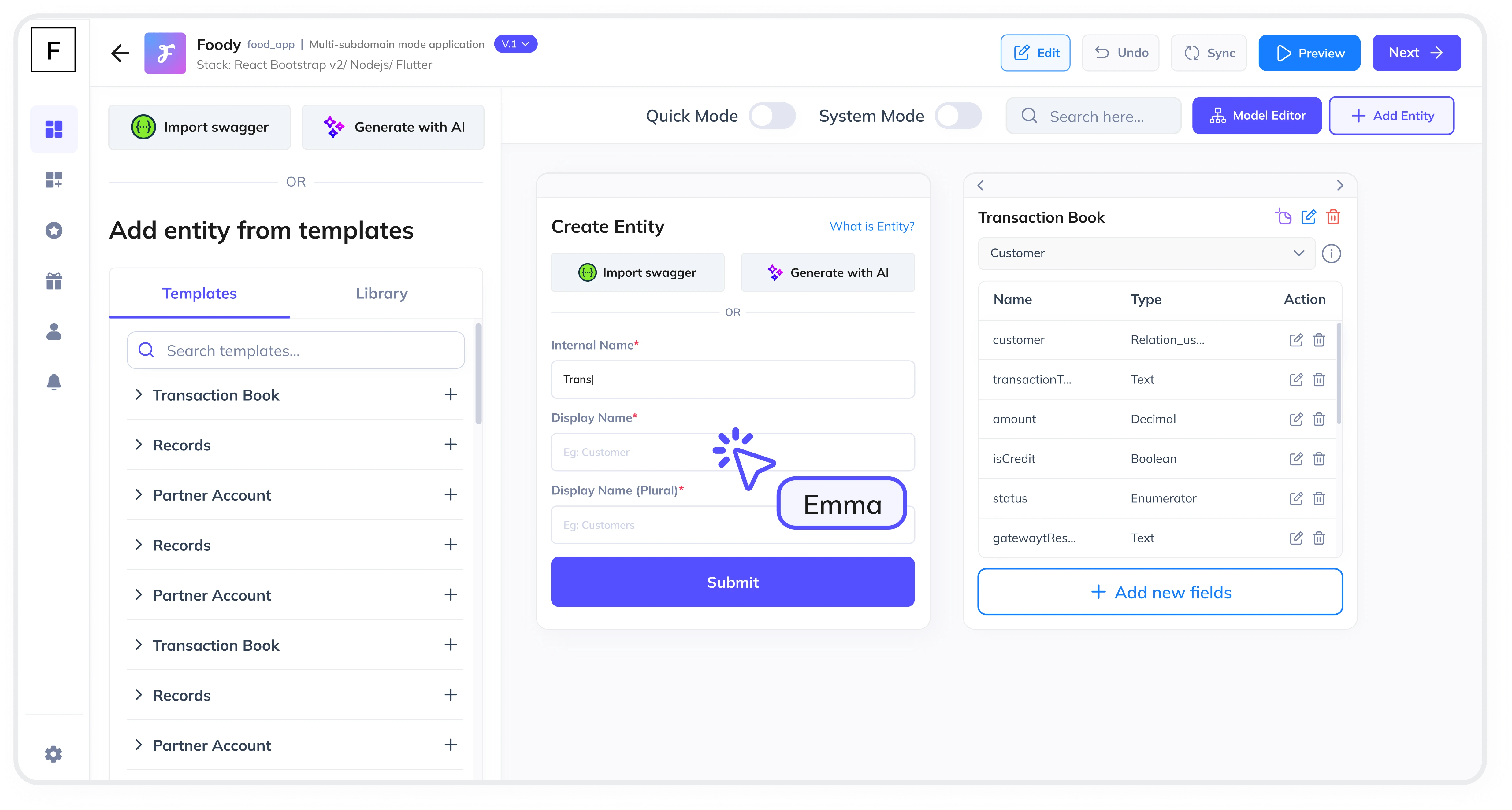Summarize and analyze this article with:
In the competitive e-commerce landscape, a well-structured Product Catalog Management Module is essential for displaying and managing products effectively. Whether you're building a new e-commerce platform or enhancing an existing one, this guide will walk you through the process step-by-step. Plus, we’ll show you how FAB Builder, a low-code platform, can help you create a customizable, integration-ready, and production-ready Product Catalog Module in just a few hours.
Why is a Product Catalog Management Module Important?
A Product Catalog Management Module is the backbone of any e-commerce platform. It allows businesses to:
- Display products with detailed descriptions, images, and pricing.
- Organize products into categories and subcategories.
- Manage inventory and stock levels.
- Update product information in real-time.
- Integrate with other systems like CRM, ERP, and payment gateways.
With the right tools, you can build a scalable and customizable module that adapts quickly to new requirements, ensuring your e-commerce platform remains competitive.
Step-by-Step Guide to Building a Product Catalog Management Module
Step 1: Define Your Requirements
Before diving into development, outline the key features your Product Catalog Module needs:
- Product Display: Show product details (name, description, price, images, etc.).
- Category Management: Organize products into categories and subcategories.
- Search and Filter: Enable users to search and filter products.
- Inventory Management: Track stock levels and update them in real-time.
- Custom Fields: Add custom attributes (e.g., size, color, material).
- Integration: Ensure the module integrates with other systems like CRM, ERP, and payment gateways.
Step 2: Choose the Right Development Platform
Building a Product Catalog Module from scratch can be time-consuming and costly. Instead, leverage a low-code platform like FAB Builder to:
- Save Time: Build the module in a few hours instead of weeks.
- Ensure Scalability: Easily adapt to new requirements as your business grows.
- Access Full Source Code: Download and retain intellectual property rights.
- Customize: Tailor the module to your specific needs.
With FAB Builder, you can also create multi-tenant SaaS applications, allowing you to sell subscriptions to B2B consumers.
Step 3: Select Your Technology Stack
FAB Builder supports a wide range of technologies, ensuring flexibility and interoperability:
Frontend Technologies
Choose from popular frameworks like:
- ReactJs (with AntDesign, Tailwind, Bootstrap, or Material)
- Vue
- Angular
- NextJs
Backend Technologies
Select the backend stack that suits your needs:
- NodeJs
- Dotnet
- Java
Database Options
FAB Builder supports multiple databases, including:
- SQL (MySQL, PostgreSQL, etc.)
- NoSQL (MongoDB, etc.)
You can switch between tech stacks at any stage of the project without losing functionality. FAB Builder ensures that entities, fields, and supported features adapt automatically.
Step 4: Design the Database Schema
A well-structured database is crucial for efficient product catalog management. Key tables to include:
- Products: Stores product details (ID, name, description, price, etc.).
- Categories: Manages product categories and subcategories.
- Inventory: Tracks stock levels and availability.
- Custom Attributes: Stores additional product attributes (e.g., size, color).
Using FAB Builder’s AI-assisted entity creation, you can generate a database schema based on your application description, saving time and effort.
Step 5: Develop the Frontend
The frontend is where users interact with your product catalog. Key components to include:
- Product Listing Page: Display products with filters and sorting options.
- Product Detail Page: Show detailed product information, images, and reviews.
- Admin Panel: Enable admins to add, edit, and manage products.
FAB Builder’s low-code platform enables you to design responsive and user-friendly interfaces without writing extensive code.
Step 6: Build the Backend
The backend handles the logic and data management. Key functionalities to implement:
- CRUD Operations: Create, Read, Update, and Delete products.
- Search and Filter: Implement efficient search and filtering algorithms.
- Inventory Management: Update stock levels in real-time.
- API Integration: Connect with third-party systems like CRM and payment gateways.
With FAB Builder, you can generate production-ready code that’s optimized for performance and scalability.
Step 7: Test and Deploy
Thoroughly test your Product Catalog Module to ensure it works seamlessly across devices and integrates well with other systems. Once tested, deploy it to the cloud with a single click using FAB Builder’s managed hosting services for AWS, GCP, and Azure.
Step 8: Customize and Scale
As your business grows, you may need to add new features or scale the module. With FAB Builder’s full source code access, you can customize the module to meet evolving requirements.

Why Choose FAB Builder for Your E-Commerce Platform?
- Low-Code Platform: Build a CRM system or Product Catalog Module in just a few hours.
- Development Efficiency: Save time and resources with AI-assisted entity creation.
- Scalability: Quickly adapt to new requirements.
- Full Source Code Access: Download and retain intellectual property rights.
- Customizable: Tailor the module to your specific needs.
- Integration-Ready: Seamlessly connect with other systems.
- Multi-Tenant SaaS: Create applications to sell subscriptions to B2B consumers.
Building a Product Catalog Management Module for your e-commerce platform doesn’t have to be complicated or time-consuming. With FAB Builder, you can create a customizable, integration-ready, and production-ready module in just a few hours. From AI-assisted entity creation to full source code access, FAB Builder empowers you to build scalable and secure applications that meet your business needs.
Ready to take your e-commerce platform to the next level?
Start building your Product Catalog Management Module with FAB Builder today!
Visit www.fabbuilder.com to learn more and get started.


















